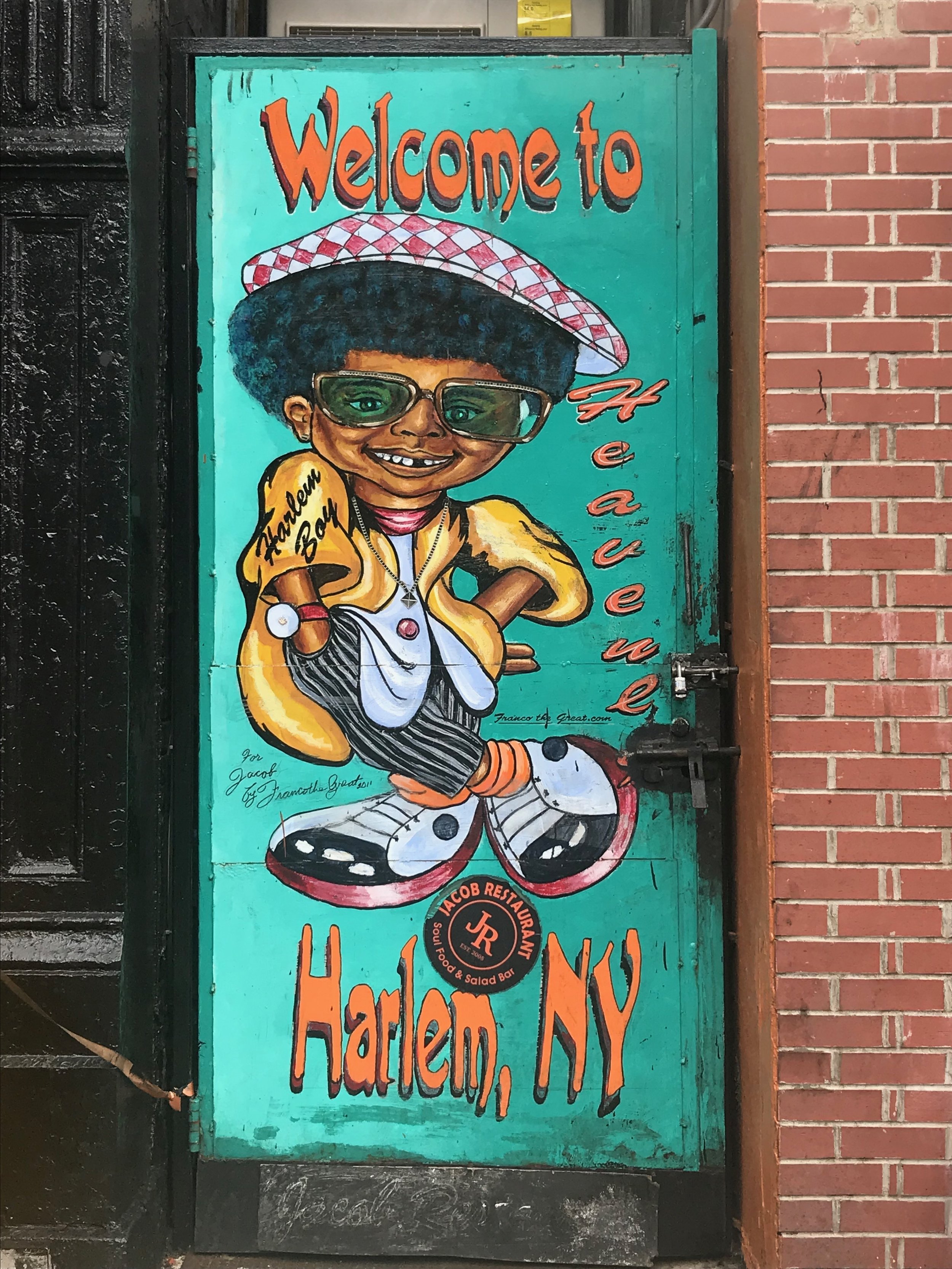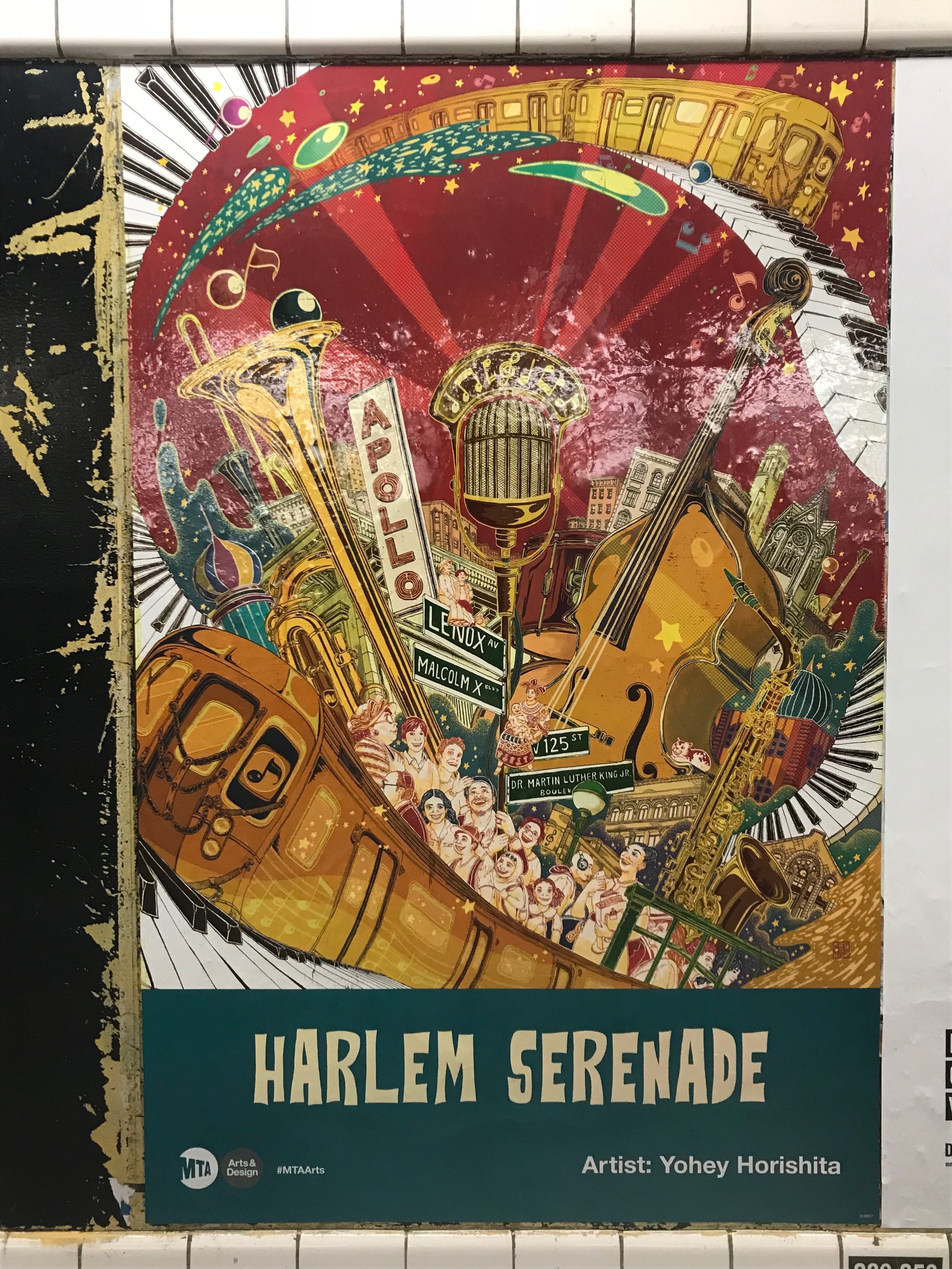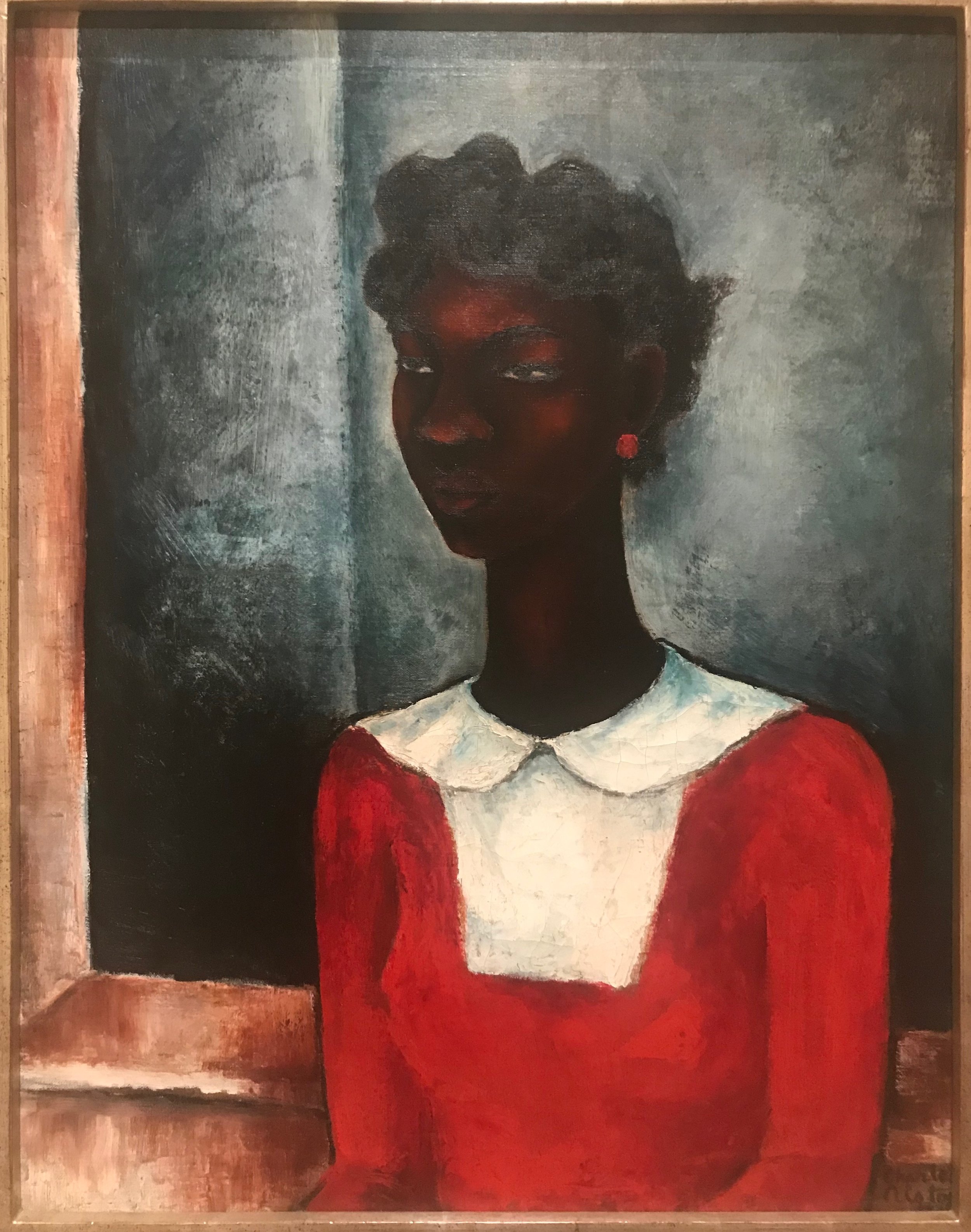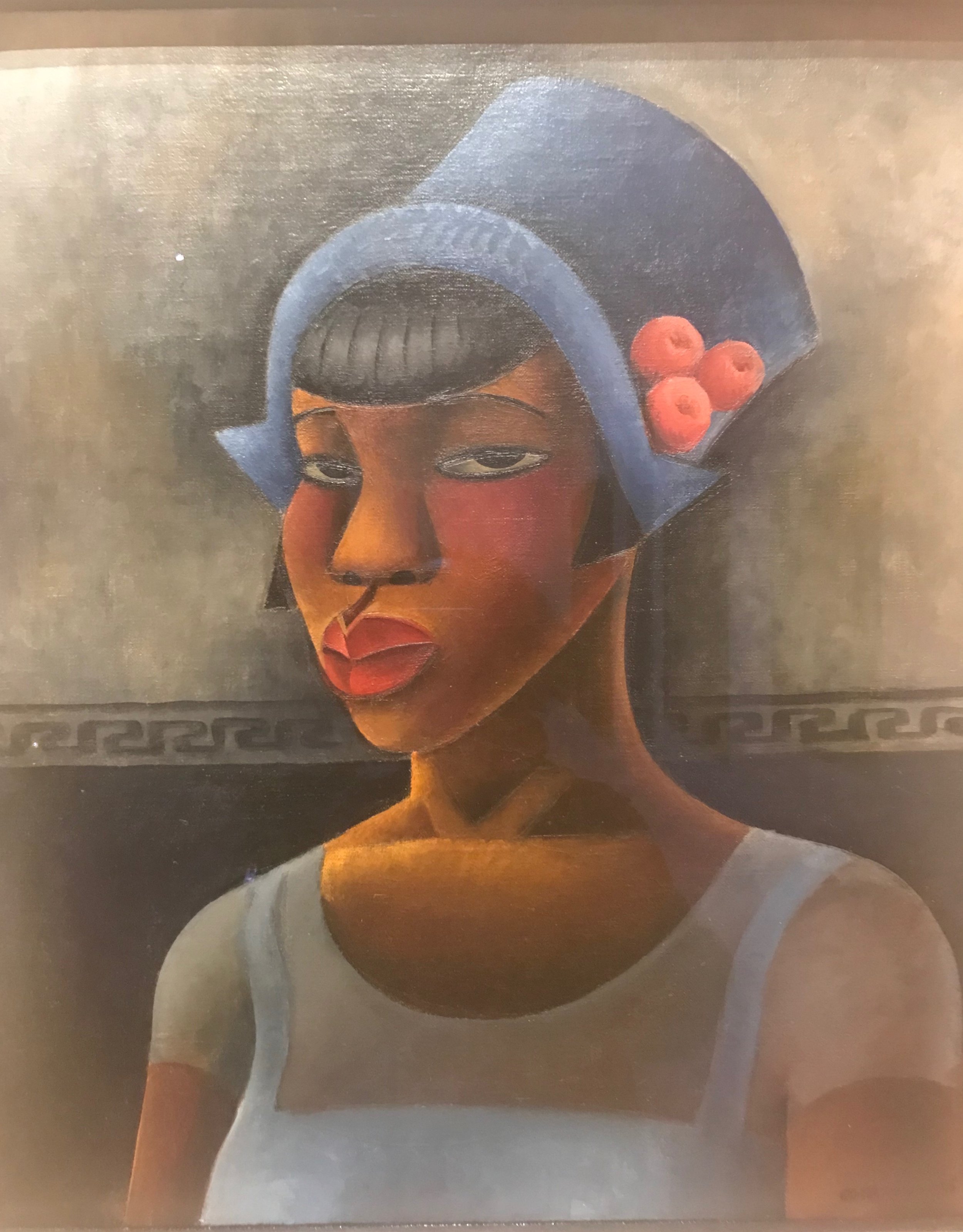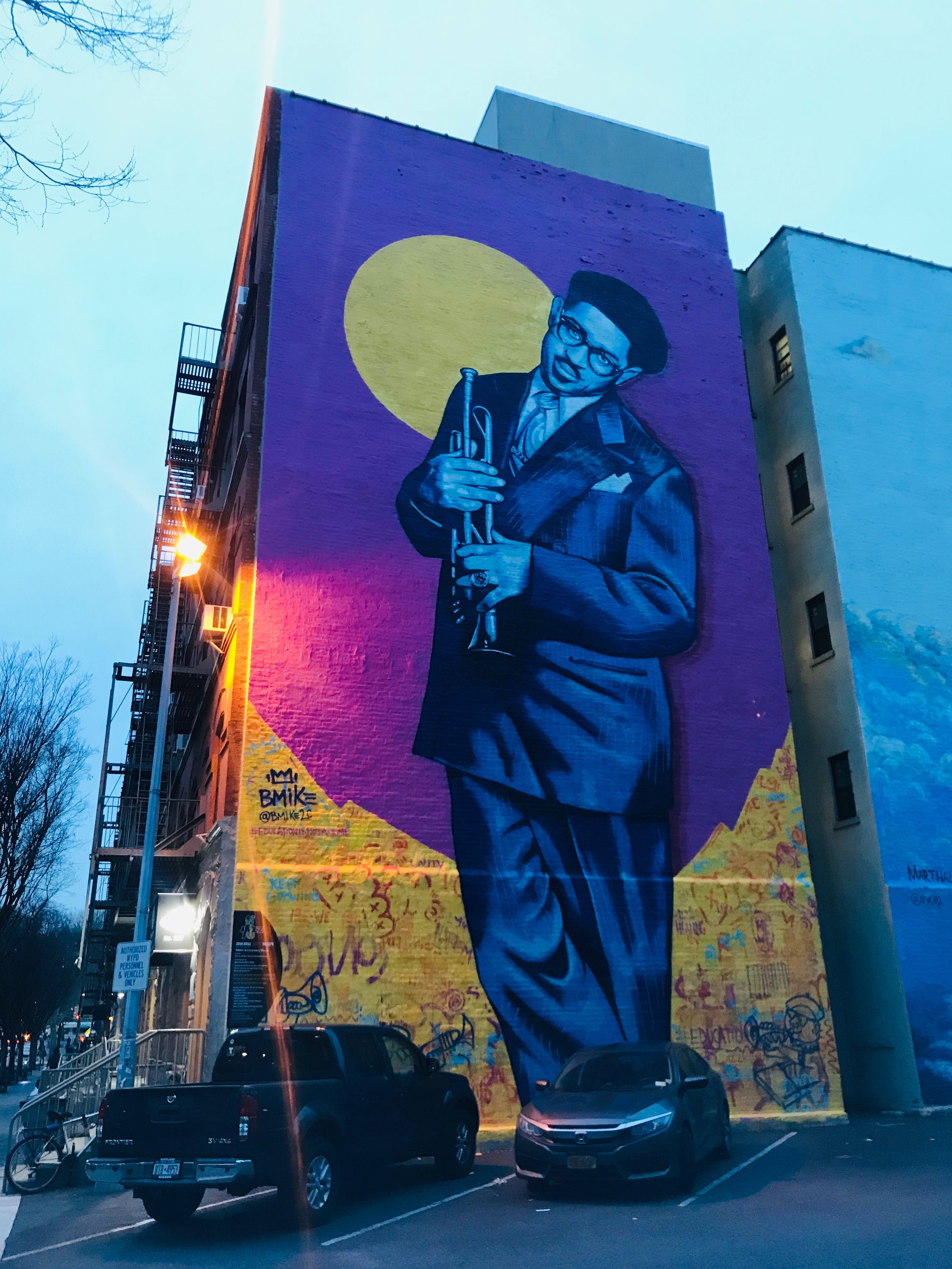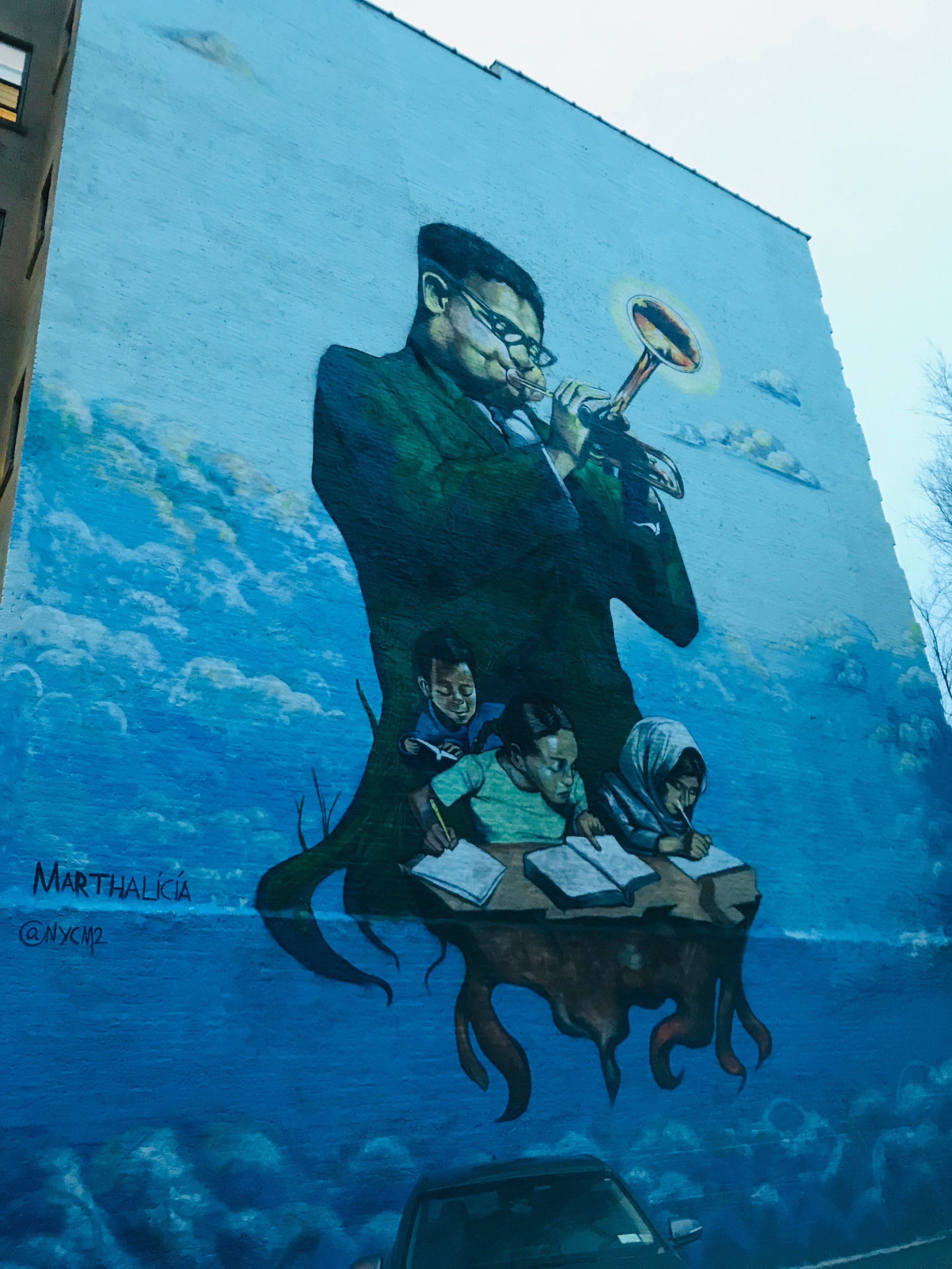So February is the designated month that the United States of America (and Ireland, the UK, and Canada) dedicates to the history of Black Americans. Through my research, I’d love to say we’ve come a long way. In 1926, there was only Negro History Week. This ‘upgrade’ from a week to a month seems like a cruel joke.
This month-long celebration is a fairly young tradition. It started in 1969 by a group of black educators at Kent State University in Ohio. Black cultural centers and community groups kept up this tradition until Black History Month was recognized by President Gerald Ford in 1976. The President finally chose to shine a bright light on this very important group of people. He urged Americans to "seize the opportunity to honor the too-often neglected accomplishments of black Americans in every area of endeavor throughout our history". And 43 years later this is still just a month-long recognition.
I guess I’m lucky living in Harlem. The people in my neighborhood don’t confine the celebration of black history to one month, it is integrated into their daily lives every single day of the year.
I’ve written about my building being built in the footprint of the famous Savoy Ballroom. And I’ve shared my love for the history of African women’s fashion. Black history is everywhere. I mean, I live on Malcolm X Boulevard. And the two streets over are named after Frederick Douglass and Adam Clayton Powell. I’ll be honest, when I am in an airplane at JFK airport I almost never think about President John F. Kennedy. But driving and walking the streets of Harlem, I am constantly turning over in my mind who those men were and what they did for our country. History is everywhere if we stay open to it in the present.
I see history in a mural five blocks from my apartment on 135th street that I was fascinated with long before I lived in Harlem. It’s on the facade of Harlem Hospital and it depicts the migration story of African Americans coming to the United States—from slavery through the Harlem Renaissance. I walk past it every day and it blows me away every time.
Inside the hospital there are historic murals from the 1930’s, wood carvings from Africa, as well as sculpture that celebrates the history of Black America. It’s worth a trip to see these with your own eyes. They remind me of the famous paintings of the beloved Missouri muralist Thomas Hart Benton who depicted 1930’s life in America as well.
And while you’re uptown visiting Harlem, you can go across the street to the Schomburg Center for Research in Black Culture that is a research library branch of the New York Public Library. There are fascinating exhibits, a beautiful gift shop, and So. Many. Books. It’s glorious.
Recently I was able to see Posing Modernity: The Black Model from Manet and Matisse to Today. This was an exhibit in the Wallach Art Gallery at Columbia University. It closed just last week and has been moved to the Musée d’Orsay in Paris. I carry these beauties with me in my phone and look at them often.
You don’t need to go to a fancy museum or library to celebrate black history. The street artists in Harlem outdo themselves. These giant depictions of the great American bandleader Dizzy Gillespie are some of my favorites. They are also down the block on 135th street.
Dizzy was a black American man who overcame marginalization and discrimination through music. I wish he was here today with his trumpet to put America on blast.
Through sports, politics, and faith, our nation seems incredibly divided right now. Despite those baby steps of President Gerald Ford so many years ago, it feels like we’re taking gigantic strides backward. Marginalization and discrimination of the black communities has not gone away. It feels amplified.
I have no solution. All I have are my own points of view and practices. I practice gratitude every day, not just Thanksgiving. I love with all my heart all 365 days of the year, not just on Valentine’s Day. I strive to live a resolute life all year long not just on New Year’s Day. And I don’t celebrate Black History Month. I celebrate Black History.
My kitchen and my business of bringing food to others is rooted in an eat locally/cook globally philosophy. I believe that we should eat what we have where we are, but with a spirit of broadening our experience. I think it’s important to explore the history of food and traditions of other cultures, see what appeals to us, and then share it with our loved ones. To understand the food of today, we have an opportunity to look back and honor its origin. African-American culinary favorites are deeply rooted in Africa and the Caribbean traditions. So this week I’m sharing an African Peanut Stew as well as a recipe for Jamaican Banana Fritters.
West African Peanut Stew
2 tablespoons peanut oil
1 red onion, chopped
2 cloves garlic, minced
2 tablespoons chopped fresh ginger
1 pound chicken, cut into chunks
1 tablespoon crushed red pepper, or to taste
salt and ground black pepper to taste
5 cups chicken stock
3 small sweet potatoes, cut into chunks
1 (16 ounce) can chopped tomatoes, with liquid
1/4 pound collard greens, roughly chopped
1 cup chunky peanut butter
Heat the peanut oil in a large pot over medium-high heat; cook and stir the onion, garlic, and ginger in the hot oil until softened, about 5 minutes. Add the chicken; cook and stir until completely browned. Season with the crushed red pepper, salt, and black pepper. Pour the chicken stock over the mixture. Stir the sweet potatoes into the liquid and bring the mixture to a boil; reduce heat to low, cover the pot partially with a lid, and cook at a simmer for 15 minutes.
Stir the tomatoes, collard greens, and peanut butter into the soup. Partially cover the pot again and continue cooking, stirring occasionally, another 20 minutes.
Jamaican Banana Fritters
Ingredients:
3 ripe bananas
1/2 cup sugar
1/2 tsp salt
1/4 tsp fresh grated nutmeg
1/2 tsp cinnamon
1 tbsp vanilla extract
3 large eggs
1 cup milk
1-3/4 tsp baking powder
2 cups flour
vegetable oil for frying
extra cinnamon and sugar
Directions:
Mash the bananas to a puree like consistency, then add all the liquid ingredients (eggs and milk). Next add the flavorings (sugar, salt, nutmeg, vanilla, and cinnamon) and stir.
Sift the flour and baking powder together and stir to incorporate into the wet mixture.
Do not over-mix as you will toughen the batter, mix just enough to ensure it is properly incorporated.
Heat a skillet with about an 1/2 inch of vegetable oil and then carefully pour about a 1/4 cup of batter onto the pan.
Fry until the fritter is cooked through and golden brown. Around the edges should also be crispy. remove from oil and dredge in a cinnamon and sugar mixture to coat. Serve with syrup.


